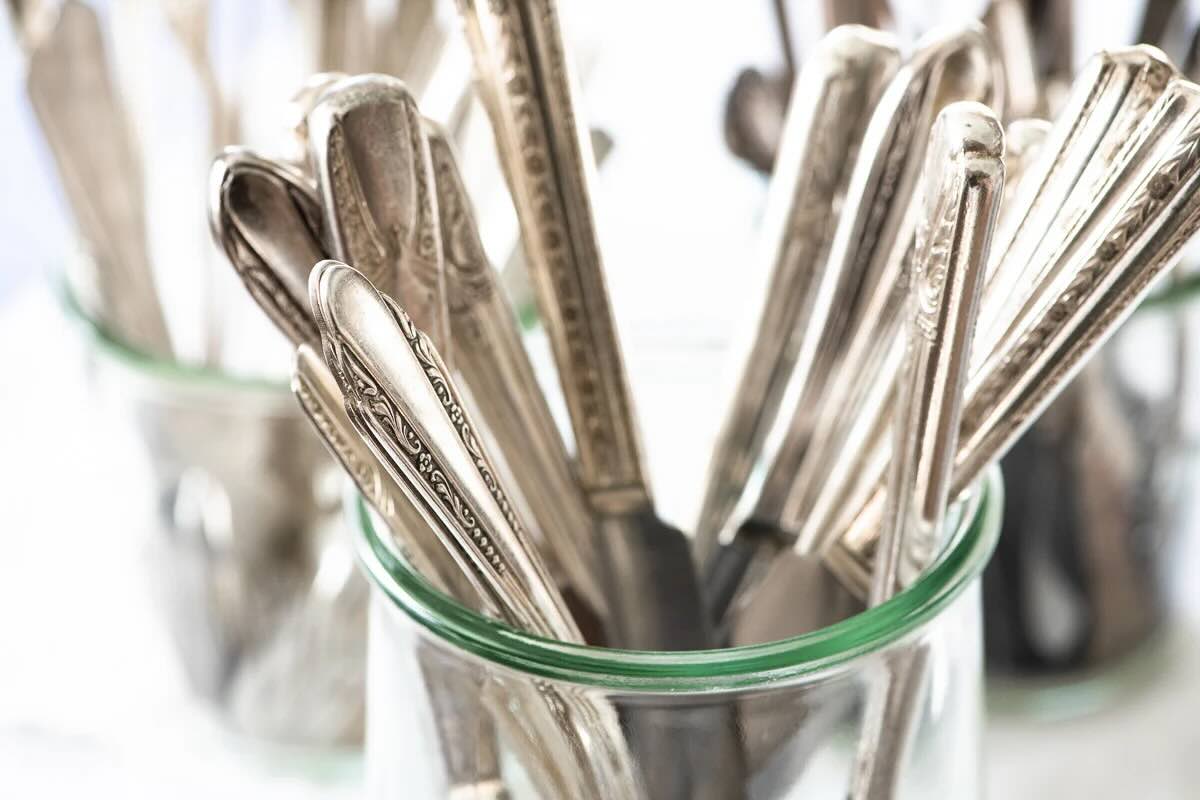

Tableware
How To Care For Silverware
Modified: January 9, 2024
Learn the best techniques for caring for your tableware and keeping your silverware looking pristine. Expert tips on cleaning, polishing, and maintenance.
(Many of the links in this article redirect to a specific reviewed product. Your purchase of these products through affiliate links helps to generate commission for Storables.com, at no extra cost. Learn more)
Introduction
Welcome to the world of fine dining and elegant table settings. Whether you are hosting a dinner party or simply enjoying a meal with your loved ones, the right tableware can enhance the overall dining experience. Amongst the vast array of tableware options, silverware has long been revered for its timeless beauty and sophistication.
Silverware, also known as flatware or cutlery, refers to the utensils used for eating, serving, and preparing food. Traditionally made from sterling silver, modern silverware is now often made from stainless steel coated with a thin layer of silver, offering a more practical and affordable option without compromising on style.
However, owning silverware is not just about its aesthetic appeal; it also requires proper care and maintenance to ensure its longevity. In this article, we will guide you through the essential steps to care for your silverware, from choosing the right pieces to polishing and protecting them to keep them looking their best.
By following these tips and techniques, you can preserve the beauty and functionality of your silverware, allowing you to enjoy its elegance for years to come.
Key Takeaways:
- Choose silverware that matches your style and budget, and handle it with care to maintain its beauty and functionality for years to come.
- Proper washing, drying, and storage techniques, along with regular polishing, can keep your silverware looking radiant and showcase its timeless beauty.
Read more: How To Store Silverware
Choosing the Right Silverware
When selecting silverware for your table, several factors come into play, including your personal preferences, budget, and the overall style you want to achieve. Here are some key considerations to keep in mind:
- Material: Silverware is available in various materials, with stainless steel being the most common. It is durable, resistant to corrosion, and easy to maintain. Silver-plated silverware, which features a thin layer of silver over a base metal, offers a more luxurious option, but it requires regular polishing to maintain its shine. Sterling silverware, made entirely of silver, is the epitome of elegance, but it is more expensive and requires special care.
- Design: Consider the design and style of the silverware. You may opt for classic, ornate patterns or more modern and minimalist designs, depending on your personal taste and the overall aesthetic of your dining space.
- Number of Pieces: Determine the number of place settings you require based on the size of your household and the frequency of entertaining guests. A typical place setting includes a dinner fork, salad fork, dinner knife, soup spoon, and teaspoon.
- Additional Pieces: In addition to the basic place settings, you may wish to invest in additional serving pieces such as serving spoons, ladles, and cake servers to complete your tableware collection.
- Budget: Set a budget before shopping for silverware. While high-quality silverware can be a long-term investment, there are options available to suit various price ranges.
Remember, when selecting silverware, it’s important to choose pieces that not only match your personal style but are also practical and comfortable to use. Take the time to handle the utensils and assess their weight, balance, and grip to ensure a pleasant dining experience.
Washing Silverware
Properly washing your silverware is crucial to maintain its cleanliness and remove any food residue or stains. Here are some steps to follow when washing your silverware:
- Preparation: Before starting the washing process, remove any excessive food debris from the silverware by gently scraping it off with a spoon or fork.
- Warm Water and Mild Soap: Fill a sink or basin with warm water and add a few drops of mild dish soap. Avoid using harsh detergents or abrasive cleaners as they can damage the silverware’s surface. Swirl the water to create a gentle, soapy solution.
- Hand Washing: Place the silverware in the soapy water and use a soft sponge or cloth to clean each piece individually. Pay attention to the handles, tines, and delicate details. Avoid scrubbing too vigorously to prevent scratching the surface.
- Separate Silver and Stainless Steel: If you have both silver and stainless steel utensils, it’s essential to wash and dry them separately. Mixing the two materials can result in a chemical reaction that causes discoloration or damage to the silver.
- Rinse: After cleaning, rinse the silverware thoroughly under running water to remove any soap residue.
- Drying: To prevent water spots or tarnish, dry the silverware immediately after rinsing. Use a soft, lint-free cloth to gently dry each piece, ensuring there is no moisture left. Avoid air-drying, as it can lead to water spots.
Remember to handle the silverware with care during the washing process, as excessive force or rough handling can cause scratches or bending. By following these steps, you can keep your silverware clean and in pristine condition.
Drying and Storing Silverware
After washing your silverware, proper drying and storage techniques are essential to prevent tarnish and maintain its lustrous shine. Here are some tips for drying and storing your silverware:
- Hand Drying: As mentioned earlier, hand drying your silverware immediately after washing is crucial. Use a soft, lint-free cloth to gently dry each piece, ensuring there is no moisture left. Pay extra attention to the crevices and intricate designs to ensure they are completely dry.
- Avoid Air Drying: Avoid air-drying your silverware as it can lead to water spots or mineral deposits. These can be difficult to remove and may dull the surface of your silverware.
- Separate and Wrap: To prevent scratches and minimize contact between silverware pieces, consider separating them and wrapping them individually in soft, acid-free tissue paper or cloth. This will help to protect them from dust, moisture, and potential damage.
- Storage Containers: Invest in a proper silverware storage container or a felt-lined drawer insert to keep your silverware organized and protected. These containers are specifically designed to prevent tarnishing and corrosion. Avoid storing silverware in drawers lined with cedar, as the natural oils in cedar can cause discoloration.
- Avoid Exposure: Keep your silverware away from exposure to air, humidity, and direct sunlight. Excessive exposure to these elements can accelerate tarnishing. If storing your silverware in a cabinet or cupboard, ensure it is in a cool and dry place.
- Regular Use: Silverware is meant to be used, so don’t keep it stored away for extended periods. Regular use helps prevent tarnishing and maintains the silverware’s shine.
By following these drying and storing techniques, you can ensure that your silverware remains in excellent condition, ready to be used for your next special occasion or everyday dining.
Polishing Silverware
Over time, silverware can develop tarnish, which is a natural oxidation process that affects the surface of the silver. Polishing your silverware regularly helps to remove tarnish and restore its shine. Here are some steps to effectively polish your silverware:
- Gather Supplies: Before you begin, gather the necessary supplies, including a soft, lint-free cloth or a silver polishing cloth, silver polish specifically formulated for silverware, and gloves to protect your hands.
- Read the Instructions: Read and follow the instructions provided on the silver polish carefully. Different polish brands may have specific application methods that you need to be aware of.
- Apply the Polish: Dab a small amount of silver polish onto the cloth and gently rub it onto the surface of the silverware. Use a circular motion to cover the entire piece, paying extra attention to any tarnished areas or intricate details.
- Remove Tarnish: As you polish, you may notice the tarnish transferring onto the cloth. Continue rubbing until the tarnish is removed and the silverware begins to shine. For stubborn tarnish, you may need to apply a bit more pressure or repeat the process.
- Rinse and Dry: Once you have finished polishing, rinse the silverware under warm water to remove any residual polish. Dry the silverware thoroughly with a soft, lint-free cloth.
- Buff and Shine: After drying, use another clean cloth to buff the silverware, further enhancing its shine. Take your time and ensure that no residue or polish is left on the surface.
- Handle with Care: While polishing, make sure to handle the silverware carefully to avoid scratching or bending. Hold the pieces by the handles rather than touching the polished surfaces directly.
Remember, polishing silverware should be done periodically to maintain its appearance and prevent heavy tarnish buildup. How often you need to polish will depend on factors such as usage, storage conditions, and the specific silverware. Consider using a tarnish-resistant storage solution to prolong the intervals between polishing.
By following these polishing techniques, you can keep your silverware looking radiant and showcase its timeless beauty.
Read more: How To Identify Silverware
Removing Tarnish from Silverware
Tarnish is a natural process that occurs when silver reacts with sulfur in the air, resulting in a dark, dull coating on the surface. If your silverware has developed tarnish, there are several methods you can try to remove it. Here are some effective ways to remove tarnish from silverware:
- Aluminum Foil and Baking Soda: Line a deep dish or basin with aluminum foil, shiny side up. Fill it with warm water and mix in a tablespoon of baking soda per quart of water. Submerge the tarnished silverware in the solution, ensuring that it is in contact with the aluminum foil. Allow it to soak for a few minutes, then gently rub the tarnish away using a soft cloth. Rinse the silverware thoroughly and dry it completely.
- Vinegar and Salt: Create a paste by mixing equal parts of white vinegar and table salt. Apply the paste to the tarnished areas of the silverware using a soft cloth or sponge. Gently rub the paste onto the surface, using circular motions. Rinse the silverware with water and dry it thoroughly with a soft cloth.
- Lemon Juice and Cream of Tartar: Mix a tablespoon of lemon juice with a teaspoon of cream of tartar to form a paste. Apply the paste to the tarnished silverware and let it sit for about 5 minutes. Gently scrub the tarnish away using a soft cloth or sponge. Rinse the silverware, dry it thoroughly, and buff it to bring out its shine.
- Commercial Silver Cleaners: There are various commercial silver cleaning products available on the market. Follow the instructions provided by the specific product, as application methods may vary. These cleaners often come in the form of creams, foams, or dips and are designed to target tarnish effectively.
- Professional Silver Cleaning: If your silverware has extensive tarnish or you are unsure about removing it yourself, consider seeking professional silver cleaning services. Professionals have the expertise and tools necessary to safely and effectively remove tarnish and revive the beauty of your silverware.
Remember, always exercise caution when using tarnish-removing methods and test them on a small, inconspicuous area of the silverware first. If you are unsure or have valuable or antique silverware, it’s best to consult with a professional.
By following these methods, you can restore the shine and luster to your tarnished silverware and bring it back to its original beauty.
To care for silverware, hand wash with mild soap and water, and dry immediately with a soft cloth to prevent tarnishing. Avoid using harsh chemicals or abrasive materials.
Proper Handling and Usage of Silverware
Proper handling and usage of silverware are essential to maintain its condition and prevent damage. By following these guidelines, you can ensure that your silverware remains in excellent shape:
- Handle with Clean Hands: Always handle silverware with clean hands to avoid transferring oils and dirt onto the surface. Wash and dry your hands thoroughly before using your silverware.
- Avoid Prolonged Contact with Acidic Foods: Silverware should not come into prolonged contact with acidic foods such as citrus fruits, vinegar, or tomato-based sauces. These foods can cause corrosion and pitting on the silverware’s surface. Avoid leaving silverware in contact with acidic foods for extended periods, and rinse them promptly after use.
- Use the Appropriate Utensil: Each piece of silverware is designed for a specific purpose. Use the appropriate utensil for the type of food you are serving or eating. For example, use a steak knife for cutting meat and a dessert spoon for eating dessert.
- Proper Placement: During a meal, place your silverware properly on the table so that it does not come into contact with soiled plates or surfaces. Use a clean plate or a napkin to rest your silverware between courses.
- Avoid Excessive Pressure: When using silverware, avoid applying excessive pressure or force, especially when cutting or scooping. This can cause bending, scratching, or other damage to the silverware.
- Proper Cleaning After Use: After each use, clean your silverware promptly to prevent food residues from drying and becoming difficult to remove. Follow the washing and drying techniques mentioned earlier in this article to ensure thorough cleaning.
- Avoid the Dishwasher for Silver-plated Silverware: If you have silver-plated silverware, avoid washing it in the dishwasher. The high heat and harsh detergents can cause the silver plating to deteriorate. Handwashing is the best option for silver-plated silverware.
- Regular Inspection: Periodically inspect your silverware for any signs of damage or tarnish. Catching issues early can help prevent further damage and allow you to take appropriate action.
By handling and using your silverware with care, you can maintain its beauty and functionality for years to come. Treat it as a cherished possession and enjoy the elegance it brings to your dining experiences.
Protecting Silverware from Damage
To ensure the longevity of your silverware and prevent damage, it’s important to take certain precautions and protect it from various factors that can cause harm. Here are some tips to help protect your silverware:
- Storage: Store your silverware in a clean, dry place away from exposure to air, humidity, and direct sunlight. Consider using tarnish-resistant storage bags or anti-tarnish strips to minimize tarnish buildup.
- Avoid Rubber Bands and Plastic Wrapping: When storing silverware, avoid using rubber bands or plastic wrap directly on the pieces. These materials can react with the silver and cause discoloration or leave sticky residue.
- Separate and Protect: To prevent scratches and other damage, avoid storing silverware directly on top of each other. Use dividers or soft cloth pouches to separate each piece.
- Avoid Harsh Chemicals and Cleaning Products: Keep your silverware away from contact with harsh chemicals such as bleach, ammonia, or chlorine. These chemicals can damage the silver surface and lead to corrosion or discoloration.
- Use Protective Coatings: Consider applying a protective coating to your silverware to provide an additional barrier against tarnish and scratches. There are various products available that can create a protective layer on the surface of the silverware.
- Regular Use and Cleaning: Regularly using and cleaning your silverware can help prevent tarnish buildup and keep it in good condition. Silverware that is regularly used tends to tarnish less compared to silverware that is seldom used and stored for long periods.
- Avoid Extreme Temperature Changes: Avoid exposing your silverware to extreme temperature changes. Rapid changes in temperature can cause the silver to expand or contract, potentially leading to damage or warping.
- Careful Handling: Handle your silverware with care to prevent dropping or knocking it against hard surfaces. Silver is a relatively soft metal and can dent or bend easily if mishandled.
By taking these precautions and implementing protective measures, you can safeguard your silverware from damage and preserve its beauty for generations to come. Treat your silverware as a valuable heirloom and handle it with love and care.
Repairing Damaged Silverware
If your silverware has been damaged, there are several options available for repairing and restoring it to its original condition. Here are some common techniques for repairing damaged silverware:
- Professional Silverware Repair: For valuable or antique silverware, it is recommended to seek the assistance of professional silversmiths or restoration experts. They have the expertise and tools necessary to repair and restore silverware, including fixing bent handles, repairing broken parts, and restoring the overall appearance.
- Silver Soldering: If your silverware has broken or detached parts, such as a broken handle, silver soldering can be an option to repair it. Silver soldering involves using a specialized silver solder to join the broken pieces back together. It is a delicate process that is best left to professionals to ensure a durable and seamless repair.
- Polishing and Buffing: If your silverware has minor scratches or surface damage, polishing and buffing can help restore its shine. Use a reputable silver polish and a soft cloth to gently rub the damaged areas in a circular motion. This can smooth out minor imperfections and enhance the appearance of the silverware.
- Handle Replacement: If the handles of your silverware are damaged beyond repair, it may be possible to replace them. Look for replacement handles that match the style and design of your silverware, or consult a professional for assistance with sourcing and fitting new handles.
- Replating: If your silver-plated silverware has significant wear or loss of plating, replating may be an option. Replating involves applying a fresh layer of silver onto the surface of the silverware, restoring its original appearance. This process is best done by professionals who specialize in silver replating.
- DIY Repairs: Some minor repairs, such as reattaching loose parts or gently bending back misshapen pieces, can sometimes be done at home. However, exercise caution and research proper techniques before attempting any DIY repairs to avoid causing further damage.
- Prevention for the future: Once your silverware has been repaired, take preventive measures to ensure its longevity. Follow proper cleaning and storage practices, avoid harsh chemicals or abrasive materials, and handle the silverware with care to minimize the risk of future damage.
Remember, the best approach for repairing damaged silverware depends on the extent and nature of the damage. For valuable or sentimental pieces, it is recommended to consult professionals to ensure a successful and appropriate repair.
By considering repair options and taking preventive measures, you can restore your damaged silverware and continue to enjoy its beauty and functionality for years to come.
Read more: How To Use Silverware
Frequently Asked Questions (FAQs)
Here are some frequently asked questions about caring for silverware:
- Q: Can I put silverware in the dishwasher?
A: Stainless steel silverware is generally safe for the dishwasher. However, silver-plated or sterling silverware should be hand washed to prevent damage. The high heat and harsh detergents in dishwashers can cause tarnish, corrosion, or fading of the silver surface. - Q: How often should I polish my silverware?
A: The frequency of polishing depends on factors such as usage, storage conditions, and the specific silverware. It is recommended to polish silverware every few months or as needed to maintain its shine and remove tarnish. Regular use and proper storage can help reduce the need for frequent polishing. - Q: What should I do if my silverware is heavily tarnished?
A: For heavily tarnished silverware, consider using commercial silver cleaners specifically formulated for removing tarnish. Follow the instructions provided with the product carefully. If you are hesitant or have valuable silverware, it is best to seek professional silver cleaning services. - Q: Can I use silverware with stainless steel knives?
A: Yes, it is common to have silverware with stainless steel knives. Mixing different materials is perfectly fine as long as they are properly cared for and cleaned separately. Just be aware that silverware with silver-plated or sterling silver handles may require different cleaning and maintenance methods than stainless steel utensils. - Q: How can I prevent scratches on my silverware?
A: To prevent scratches, store your silverware properly in a separate place or wrap each piece in soft cloth or tissue paper. Avoid stacking or piling silverware on top of each other, as this can cause friction and scratching. Handle your silverware with care and avoid using abrasive materials or harsh scrubbing brushes. - Q: Can I repair bent silverware?
A: Bent silverware can often be repaired by professional silversmiths or restoration experts. They have the expertise and tools to reshape and restore the silverware to its original form. For minor bends, you may be able to gently bend the piece back into shape, but exercise caution to avoid causing further damage.
Remember, proper care and maintenance are key to preserving the beauty and functionality of your silverware. If you have specific concerns or questions about your silverware, it is always recommended to consult professionals for the best advice and solutions.
Conclusion
Proper care and maintenance of your silverware are essential to preserve its beauty and longevity. By following the guidelines outlined in this article, you can ensure that your silverware remains in excellent condition and continues to add elegance to your dining experiences for years to come.
From choosing the right silverware to washing, drying, and storing it properly, every step plays an important role in maintaining its appearance and functionality. Regular cleaning, polishing, and removal of tarnish will help keep your silverware looking its best, while proper handling and usage will minimize the risk of damage.
It is also important to be mindful of special considerations for different types of silverware, such as silver-plated or sterling silver. Knowing how to properly care for and repair your silverware will help you enjoy its beauty and value for generations.
Remember, silverware is not just a utilitarian tool; it is a reflection of your personal style and a symbol of refined dining. Treat it with care, handle it with clean hands, and store it in a protected and secure manner. Regularly inspect your silverware and address any damage promptly to prevent further deterioration.
Whether it’s a formal dinner party or a casual family meal, your well-cared-for silverware will enhance the ambiance and elevate the dining experience. So, take the time to give your silverware the attention it deserves, and enjoy the elegance and sophistication it brings to your table.
Frequently Asked Questions about How To Care For Silverware
Was this page helpful?
At Storables.com, we guarantee accurate and reliable information. Our content, validated by Expert Board Contributors, is crafted following stringent Editorial Policies. We're committed to providing you with well-researched, expert-backed insights for all your informational needs.
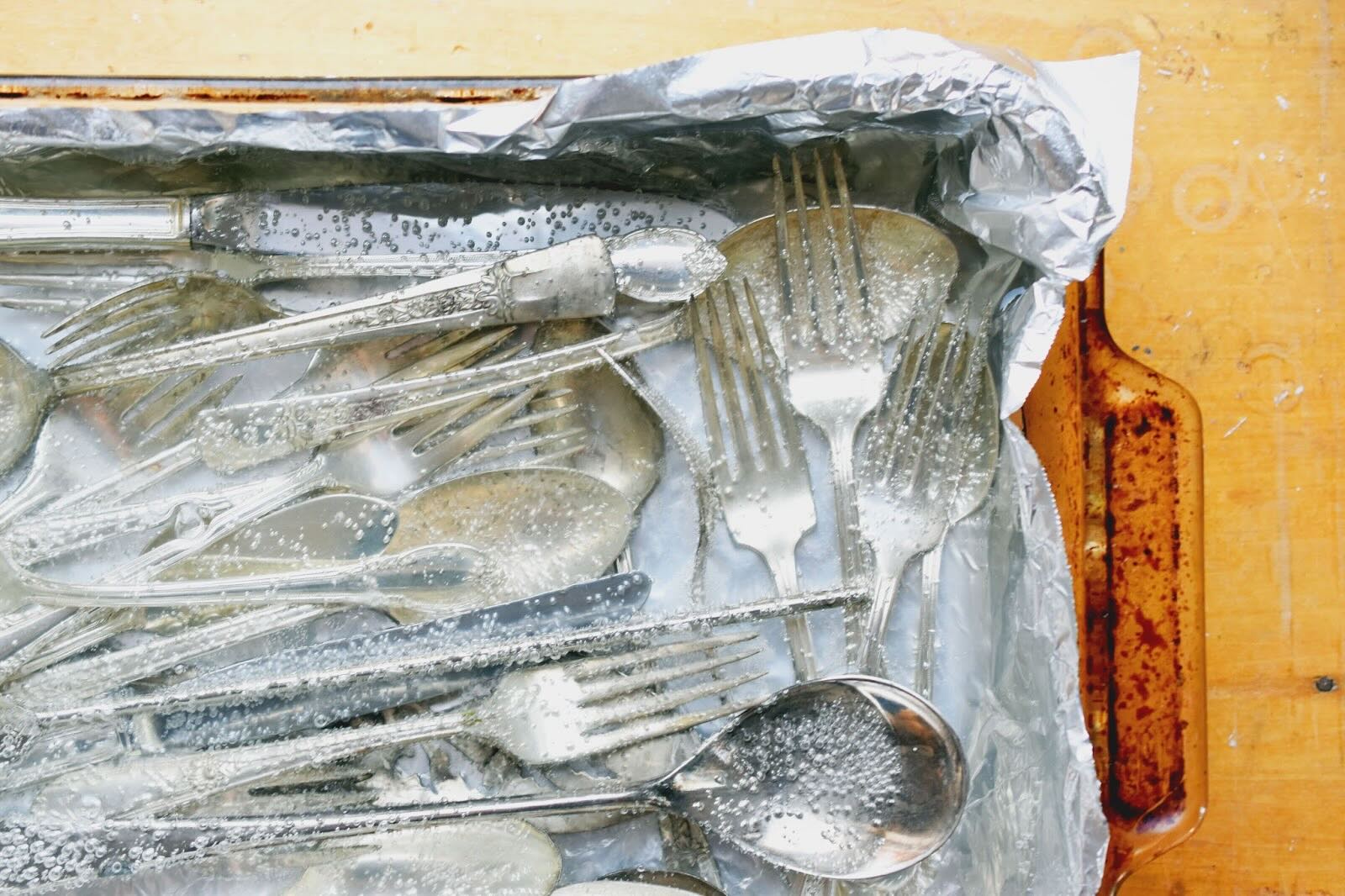
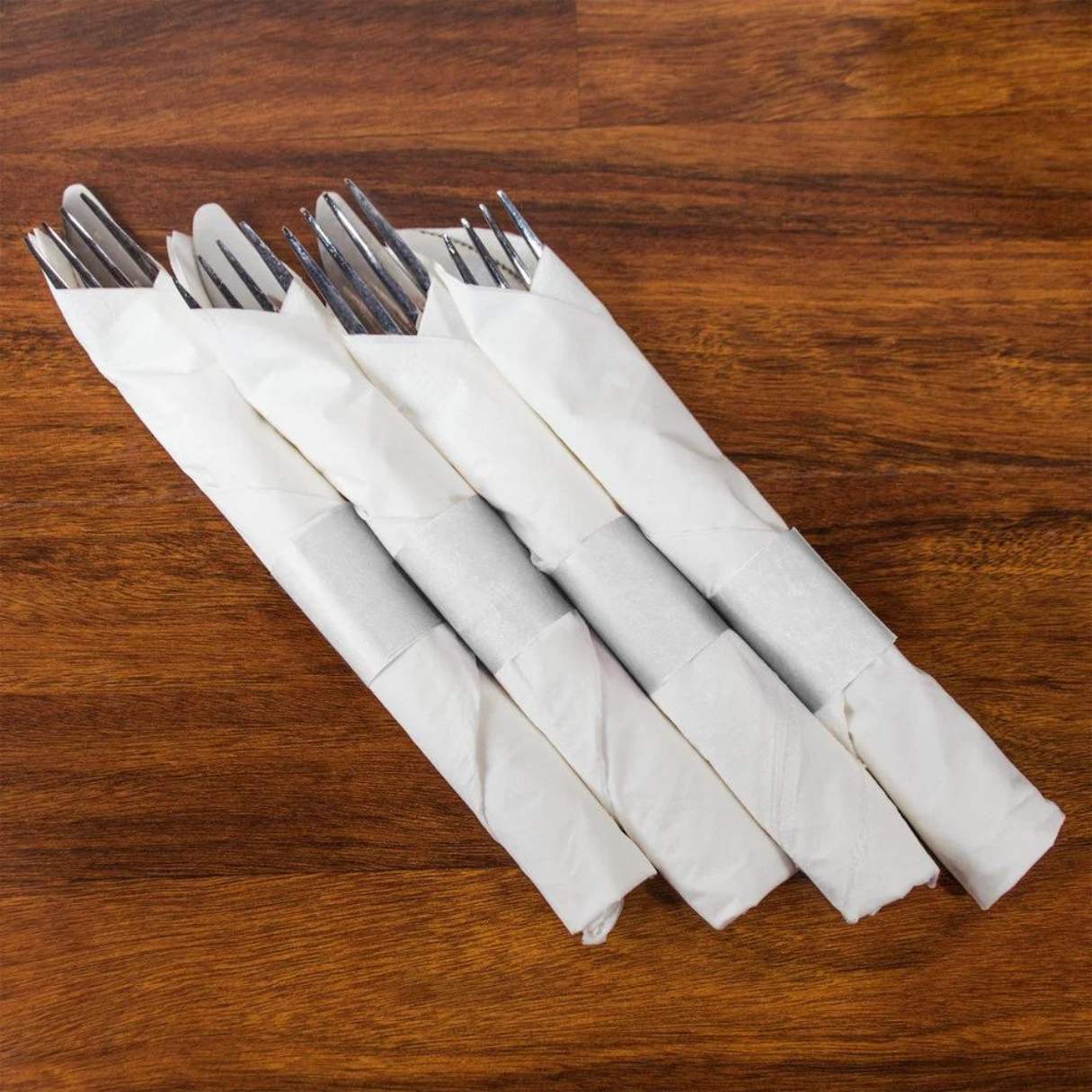
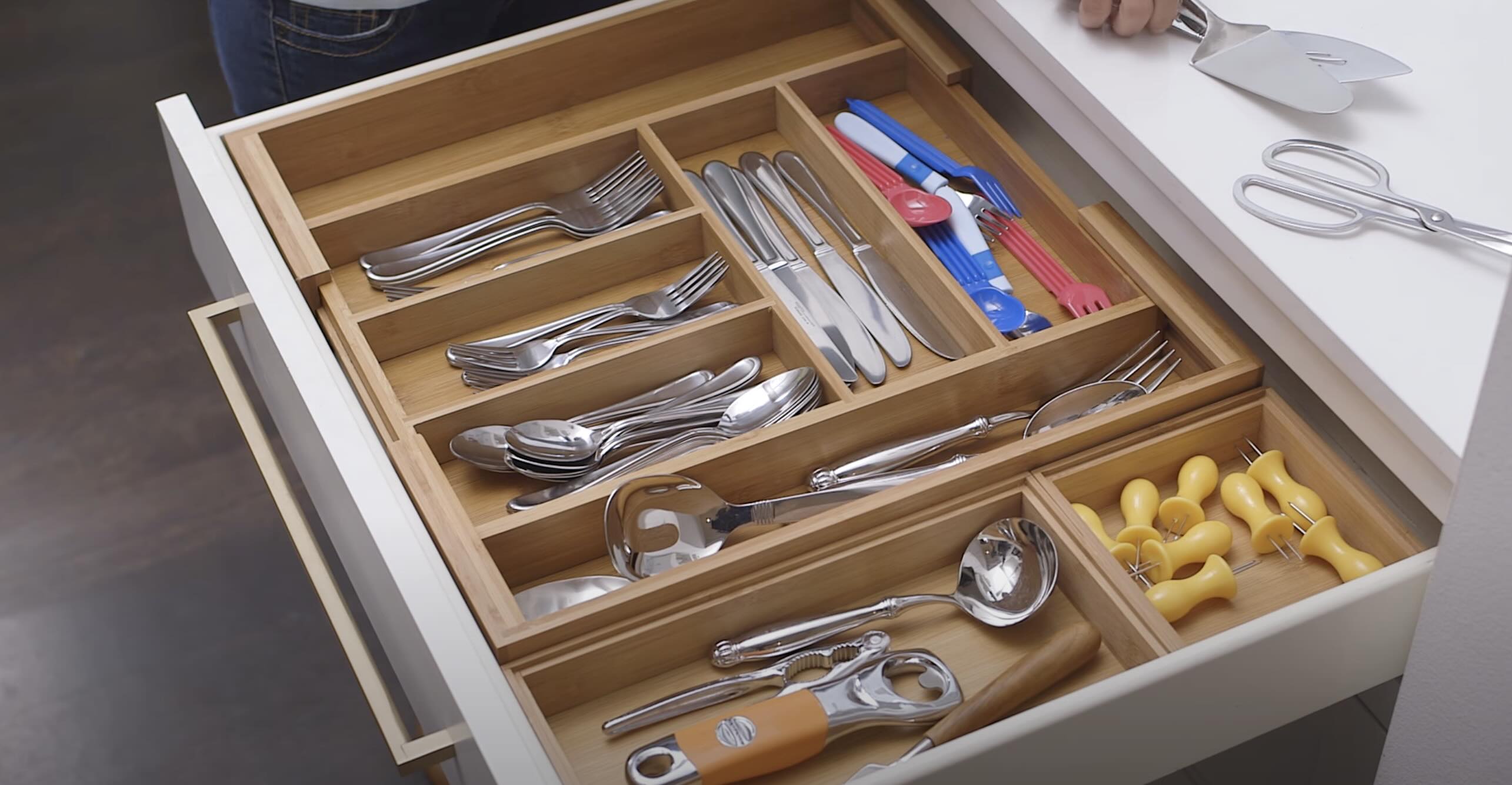
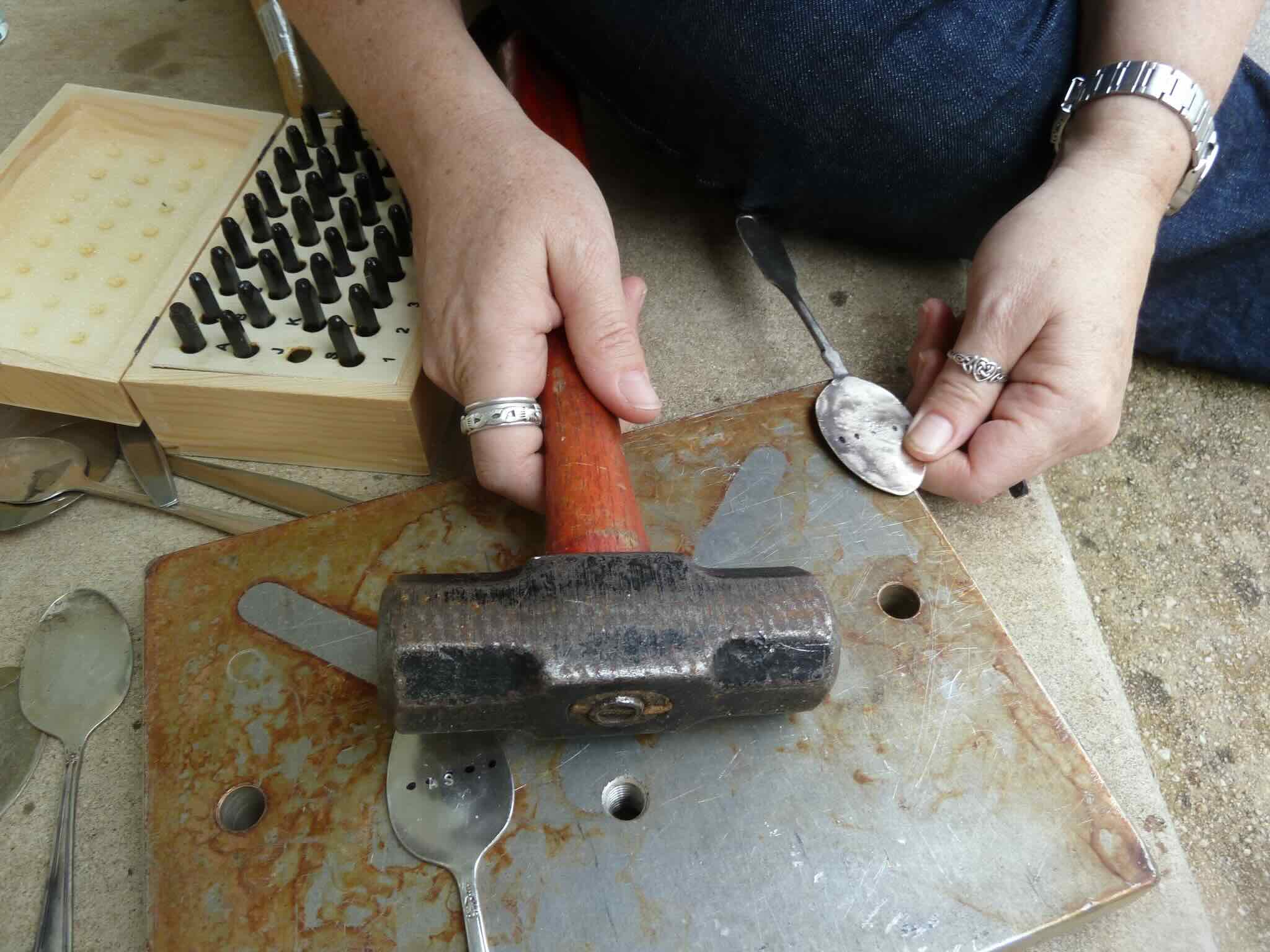
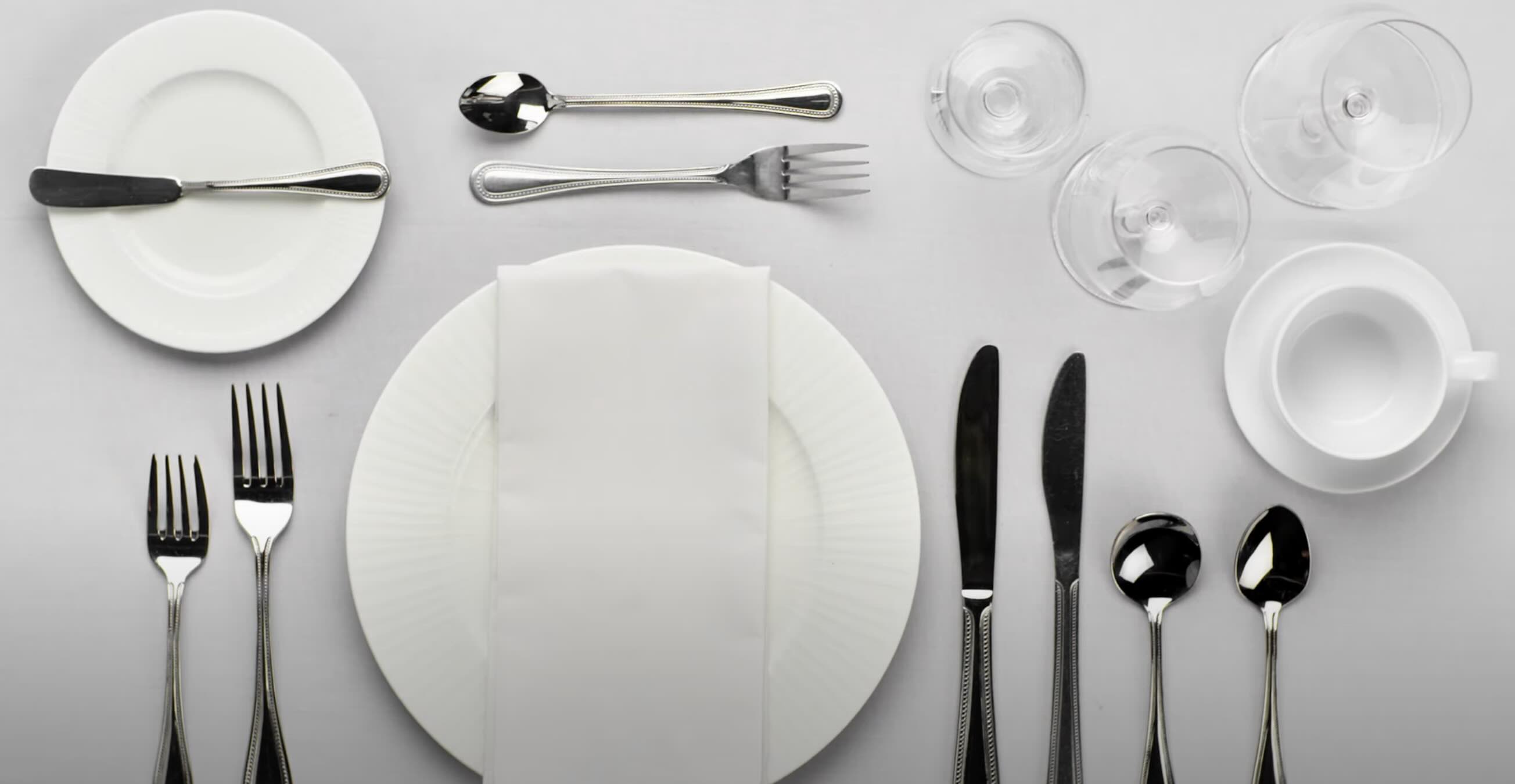
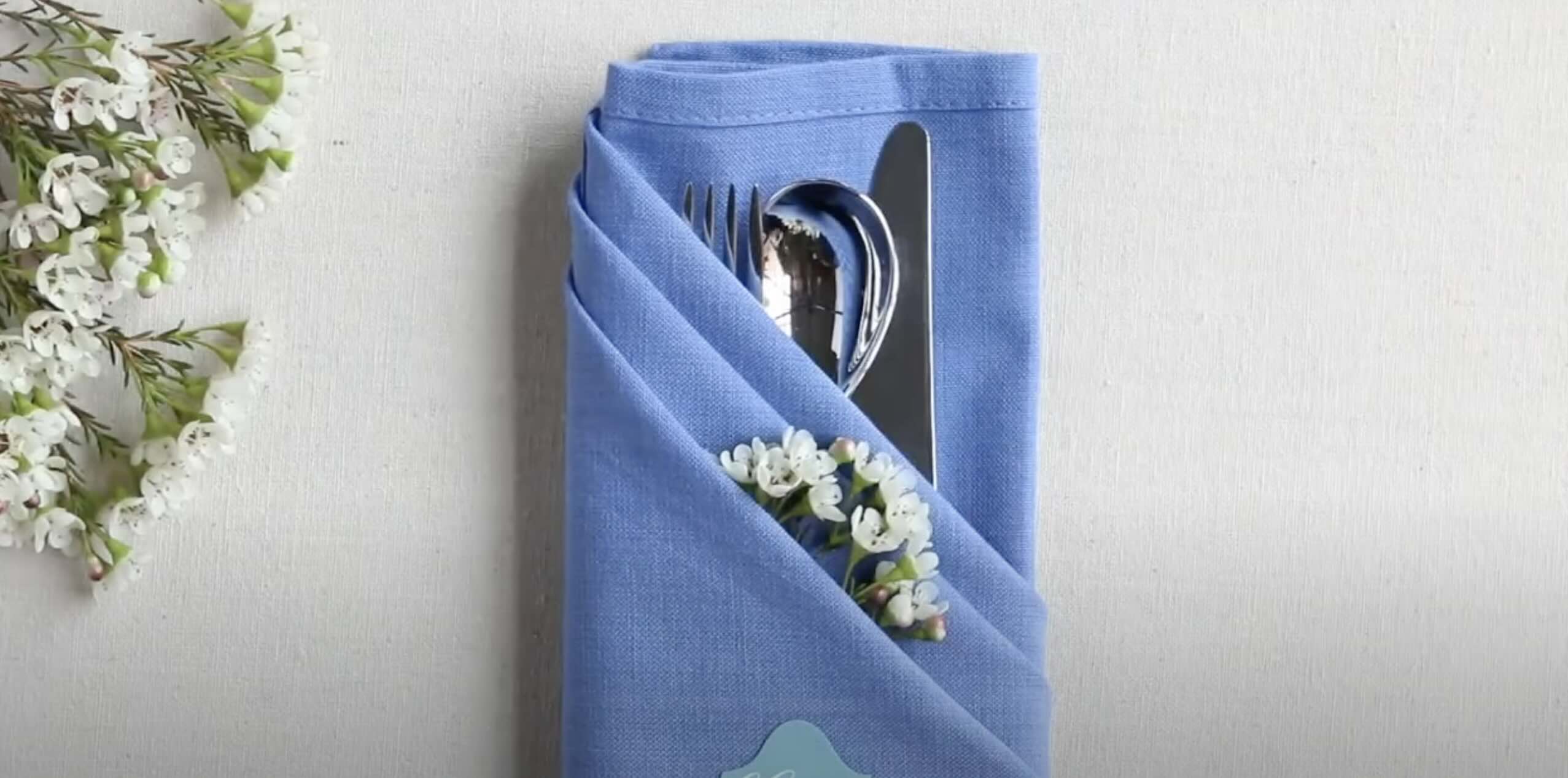
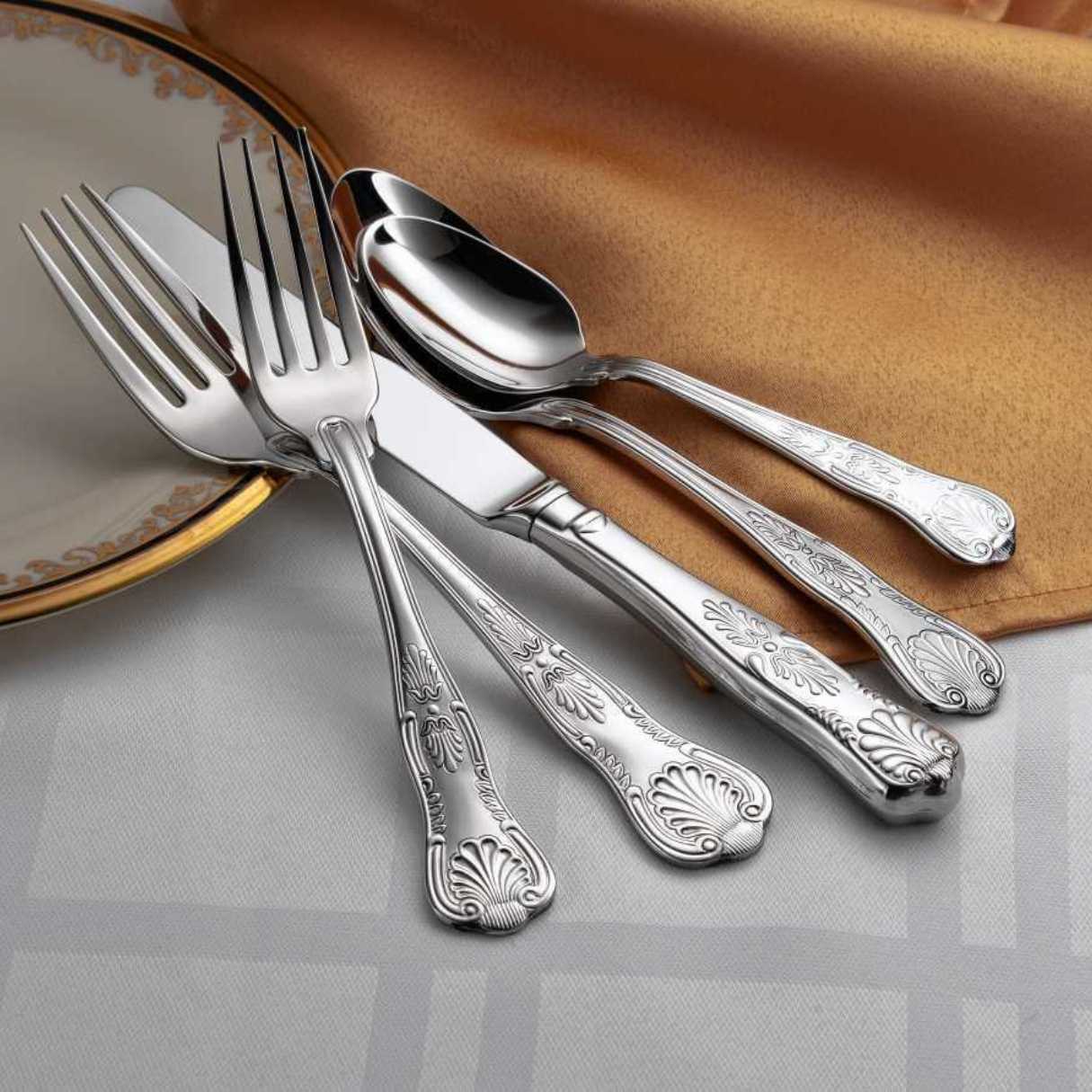
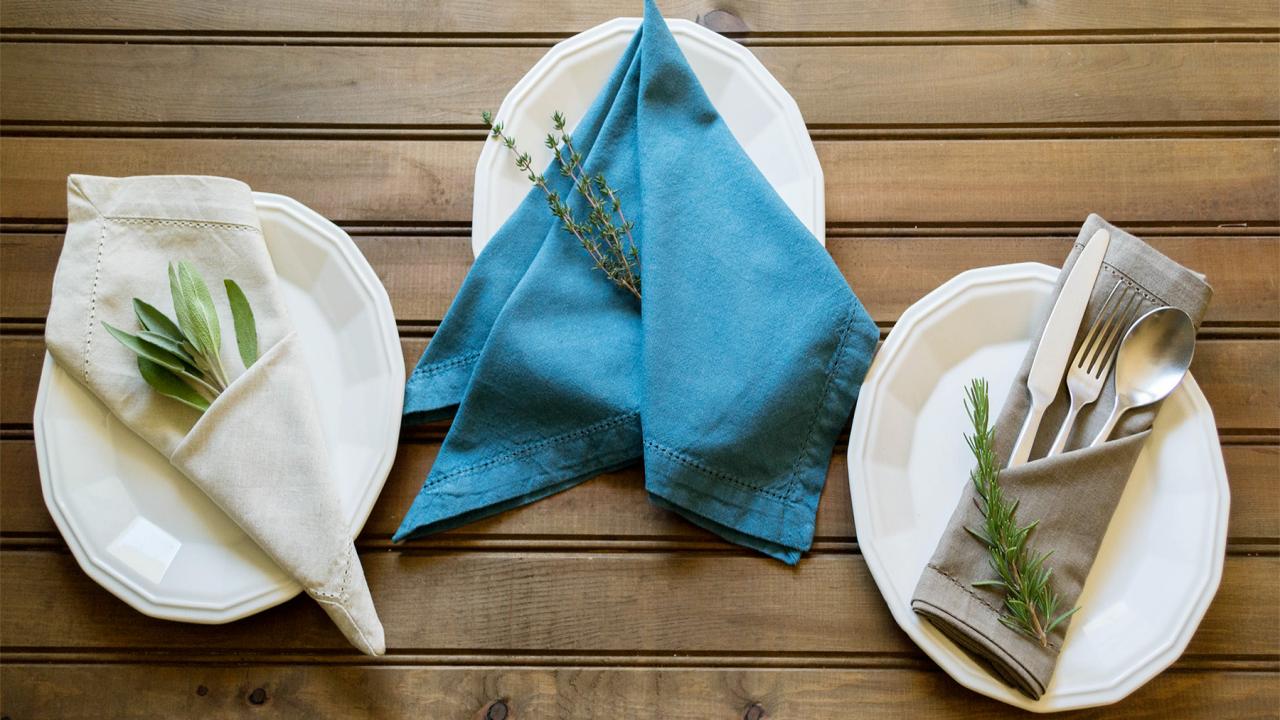
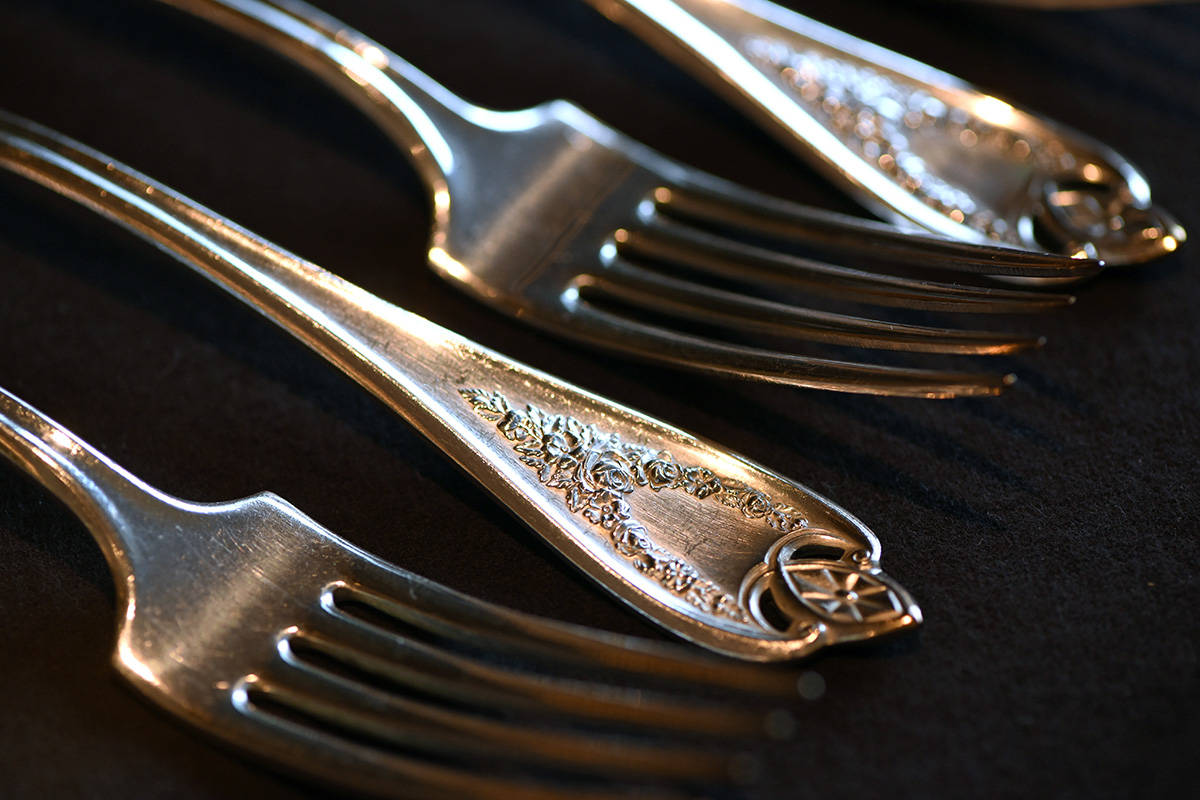
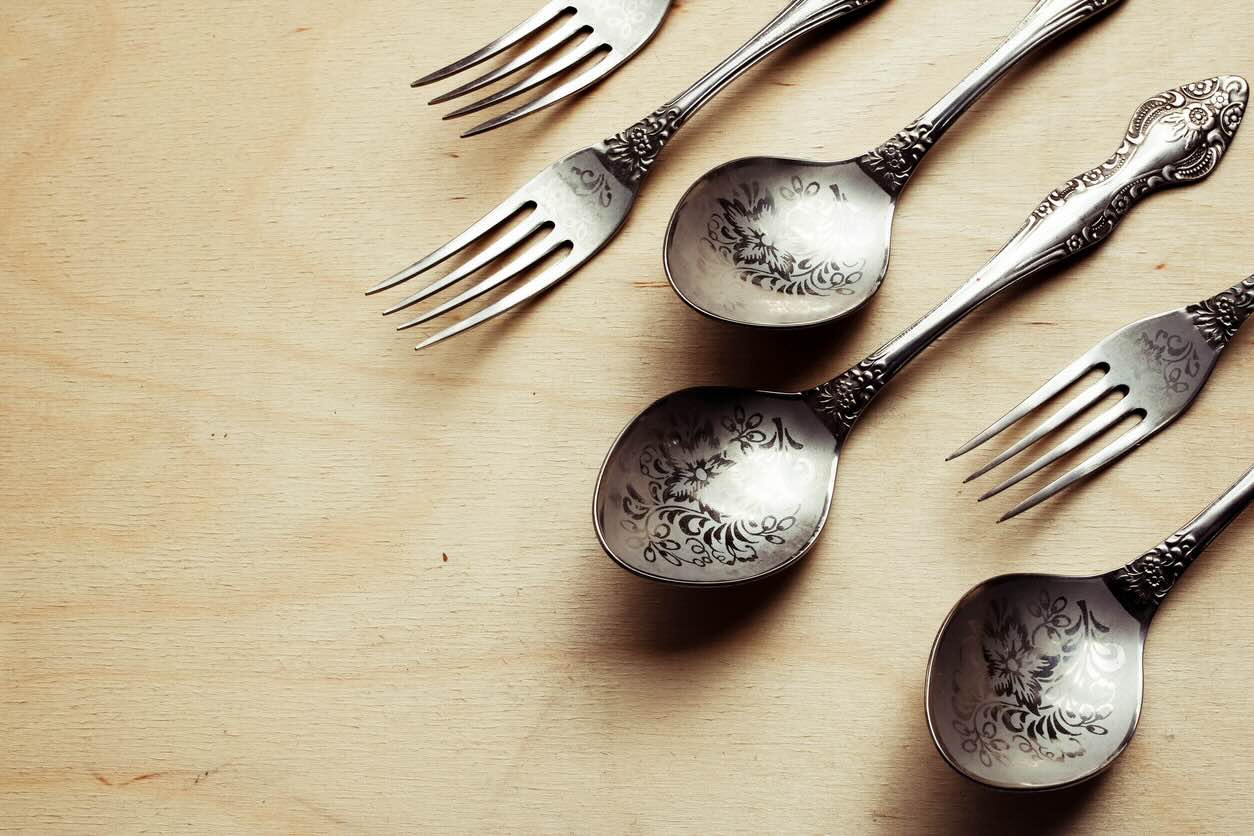
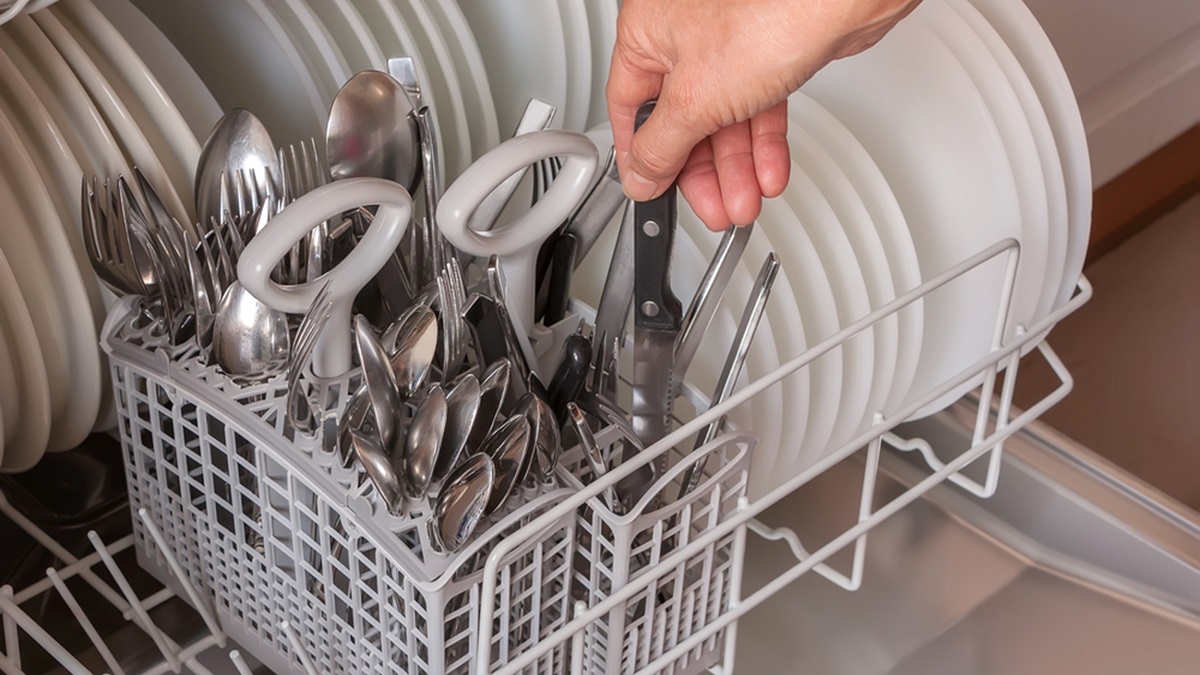
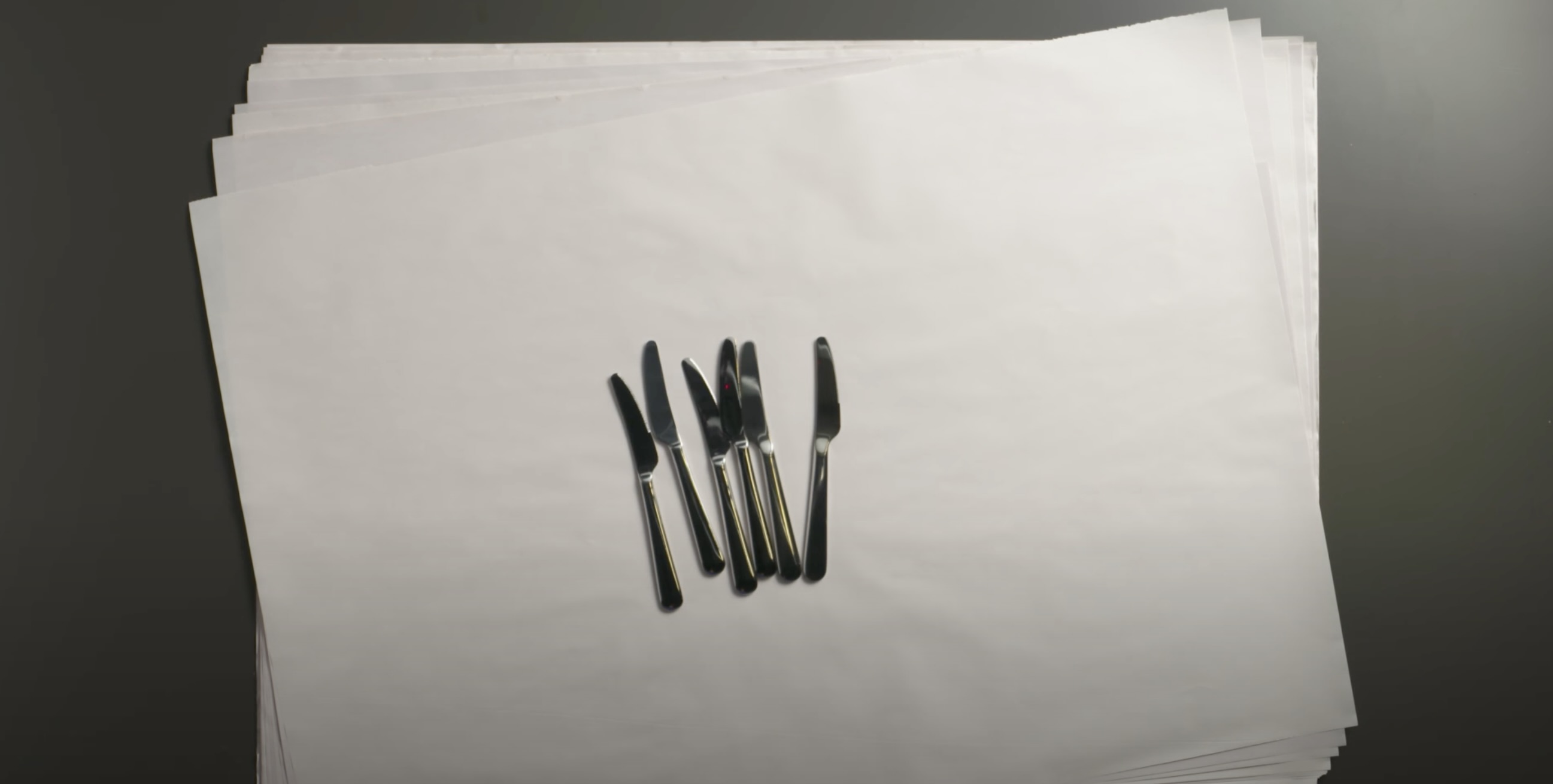
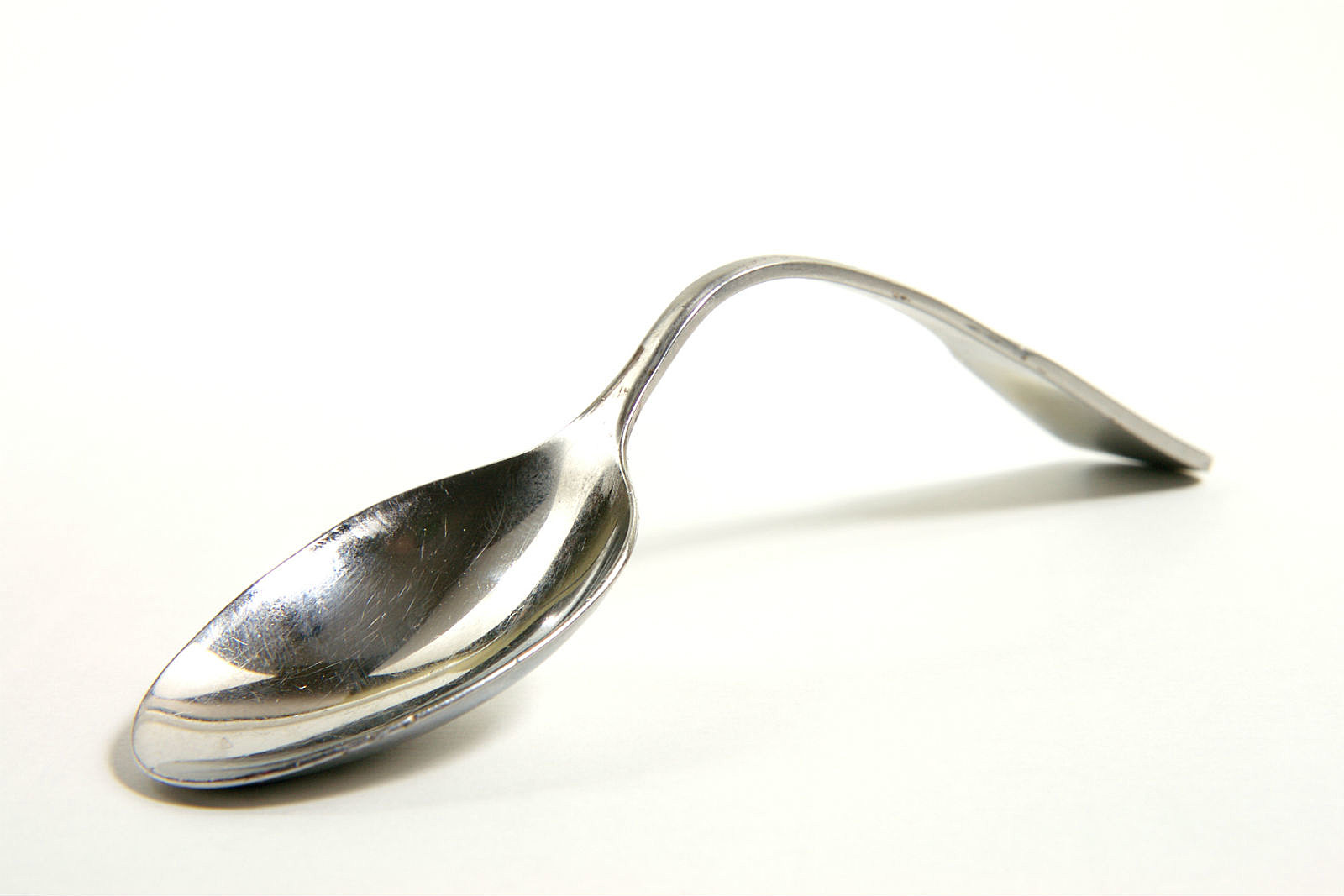

0 thoughts on “How To Care For Silverware”